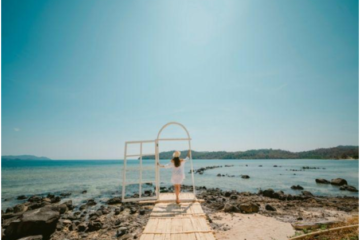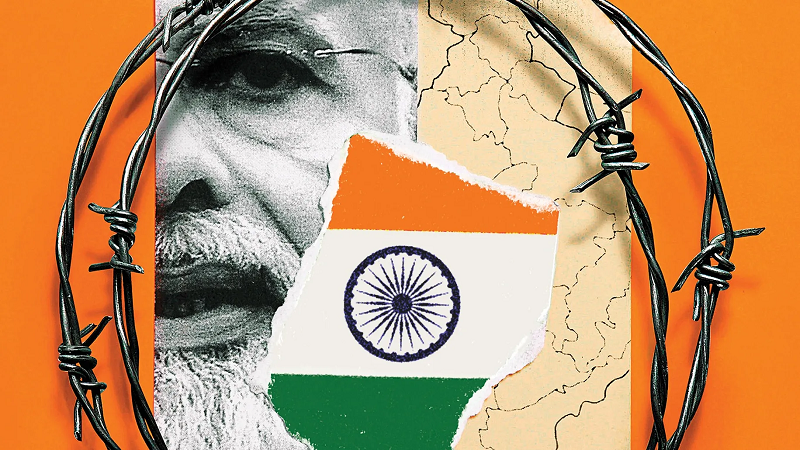History of The Borobudur Temple

Buddhism is one of India’s most successful exports. The religion developed on the Indian subcontinent and, over time, has spread throughout most of Asia. This is common sense, but do you know where Buddhism is headed in the first place? After leaving India, one of the first places to accept Buddhism was not China or Japan, but Indonesia.
The history of the temple
The history of the Borobudur temple began in the Shailendra dynasty (sometimes spelled Syailendra). This ruling family concentrated power in central Java in the 8th century. It gradually controlled all of Java and parts of Sumatra. Some scholars believe that Shailendra came to Indonesia from India, while others believe they were native to the island. In any case, they obviously have some cultural ties with India and are the main supporters of Mahayana Buddhism, and are actively spreading throughout Indonesia.
His greatest achievement is the Borobudur Temple, which was built between the 8th and 9th centuries for about 1200 years. Their achievements were engineering miracles at the time. The 95-foot-tall step pyramid is made of locally sourced stone without mortar.
Borobudur has been an important pilgrimage site for centuries, attracting believers from as far away as India and China. It seemed very popular but then inexplicably abandoned in the 15th century. Still there is no clue of why the jungle claimed borobudur, but it was still missing for around 400 years before the colonial governor of British Java decided to excavate it. Excavation freed Borobudur from the jungle, but it also opened up to “predators”. Finally, in the 1960s, the Indonesian government and UNESCO launched a large-scale campaign to rescue and restore the site. The statue was removed from the private collection, the stone was returned, and the Borobudur, piece by piece, was cleaned, rebuilt, and reopened to the public. It is currently a UNESCO World Heritage site and a model of Indonesian architecture, but it has also restored its role as a Buddhist pilgrimage site.
Temple complex
Borobudur Temple was built using Adhesive stone 55,000 M3 Borobudur Temple built a pyramid-shaped staircase – stairs with roses on all – four sides (north, south, east and west) in Borobudur there are no rooms where people can’t enter but can climb to the top The width of the Borobudur building is 123 MLThe Borobudur building is 123 MP At the turning point of 113 M And the height of the Borobudur building is 30.5 MP At the foot of the original Adhesive stone is closed as much as 12,750 M3 the staircase corridor. Borobudur has a basic punden structure with steps, with six square pages, three circular courtyards and one main stupa as its peak. Throughout the courtyard there are also several stupas. The ten pages owned by Borobudur clearly describe the flow of Mahayana philosophy. Like a book, Borobudur describes the ten levels of Bodhisattvas that must be passed to reach the perfection of the Buddha. The feet of Borobudur symbolize Kamadhatu, the world is still dominated by kama or “low desires”. This section is mostly covered by piles of stones that are thought to have been made to strengthen the temple’s construction. In addition to the closed structure, there are 120 panels of Kammawibhangga stories. A small part of the additional structure is set aside so that the public can still see the reliefs in this section.
The four-storey building with expert reliefs called Rupadhatu on the walls. The floor is rectangular. Rupadhatu means a world that can be freed from desire, but still bound by shape and form. This level represents between nature, and between bottom-up. In part, these Rupadhatu statues are located in a recess in the wall above the railing or corridor. The wall from the fifth floor to the seventh floor is not a relief. This level is called Arupadhatu (meaning there is no tangible form).
Circular plan. This level represents nature, people have no desires or forms, and have not yet reached Nirvana. 4,444 statues of Buddha were placed in a stupa full of holes, just like when they were imprisoned. The statue is still barely visible from the outside. Describes the highest level of colorlessness, expressed in the shape of the largest and tallest stupa.
The description of the stupa is simple and without holes. An imperfect or unfinished Buddha statue was found in the largest stupa in history, also known as the Buddha. His disalahsangkakan is the statue of Adi, but after further investigation, there has never been a statue in the main stupa. The unfinished sculpture is The Ancient Pemahatnya Mistake.
According to belief, a statue in the manufacturing process cannot be tampered with. Archaeological excavations in the courtyard of this temple uncovered many of these statues.
In the past, King Chulalongkorn of Thailand, who visited the Dutch East Indies (present-day Indonesia) in 1896, used several Buddha statues and 30 relief stones, two stone lions, some face-shaped stones, stairs, and doors as sources. Gift from the Dutch government.
Borobudur does not have places of worship like other temples. There is a long corridor and a narrow street. The corridors surround the walled temple layer by layer. In the hall, where Buddhist ceremonies are expected to take place, go right. The building without rooms and attached structure is considered a development of the terraces of the punden form, which is an original architectural form from prehistoric Indonesia. Viewed from above, the Borobudur structure forms the structure of a mandala. The Borobudur structure does not use cement at all, but the interlocking system is like Lego bricks and can be attached without glue.

Are you planning to visit Borobudur soon? Find out more about Borobudur and Indonesia by visiting Wonderful Indonesia.











